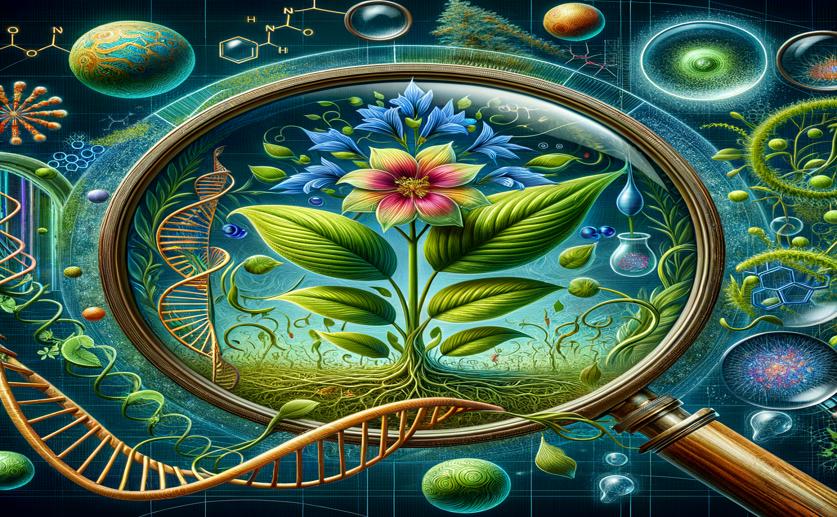
Unraveling Growth Secrets of a Medicinal Herb Through a Molecular Lens
Jenn Hoskins
12th April, 2024

Image Source: Natural Science News, 2024
Key Findings
- Study at Guangxi Vocational University of Agriculture reveals growth stages of a medicinal plant's bulbous stem
- The bulbous stem, rich in alkaloids, is crucial for the plant's medicinal properties and survival
- Findings may improve cultivation and harvesting methods for medicinal use
References
Main Study
1) Integrated metabolomic and transcriptomic analyses provide insights into regulation mechanisms during bulbous stem development in the Chinese medicinal herb plant, Stephania kwangsiensis
Published 11th April, 2024
https://doi.org/10.1186/s12870-024-04956-2
Related Studies
2) Get the shovel: morphological and evolutionary complexities of belowground organs in geophytes.
3) Taproot promoters cause tissue specific gene expression within the storage root of sugar beet.
Journal: Planta, Issue: Vol 224, Issue 3, Aug 2006
4) What makes turnips: anatomy, physiology and transcriptome during early stages of its hypocotyl-tuber development.



 9th March, 2024 | Jenn Hoskins
9th March, 2024 | Jenn Hoskins